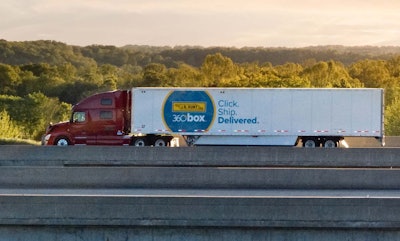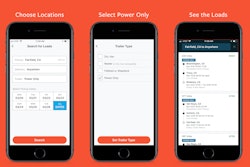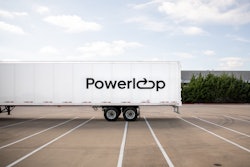
J.B. Hunt, one of the largest trucking companies in North America, announced on Monday a new trailer pool program designed to increase access to drop-and-hook freight. Dubbed the 360box, J.B. Hunt’s platform is the third such program to launch in the past year. Uber Freight announced its Powerloop program last August, and Convoy just last month launched its ConvoyGo program.
Launching this summer, 360box will introduce a pool of 500 additional 53-foot trailers that businesses can reserve for drop trailer purposes, with plans to accelerate the number of available units as market demand grows. Carriers will make offers to transport the trailers using Carrier 360 by J.B. Hunt, the company’s digital freight matching platform.
“360box adds capacity to a customer’s supply chain while moving more freight in a way that’s efficient for both the customer and the carrier,” says John Roberts, president and CEO of J.B. Hunt. “Usually only large carriers with available resources can provide this type of drop-trailer service. By using our trailers, however, shippers with consistent freight can now connect with the power of small carriers and owner operators, which together represent 83% of all drivers.”

By eliminating the immediate need to load and unload trailers, 360box will prevent the loss in productivity that can occur during a live delivery such as dock door wait and detention. Drivers simply drop the trailer in a designated area and go on to their next load. The service offers shippers flexibility with their freight management and adds capacity to their supply chain. For carriers, 360box eliminates the operational cost of maintaining trailers and increases driver productivity.
“As much as one-third of a driver’s day includes idle time and empty miles,” says Shelley Simpson, executive vice president and chief commercial officer of J.B. Hunt. “When considering there are 3.5 million drivers, that’s a lot of waste. 360box is designed to transform that inefficiency into productivity, keeping drivers on the move with full trailers.”








